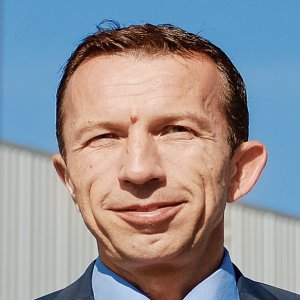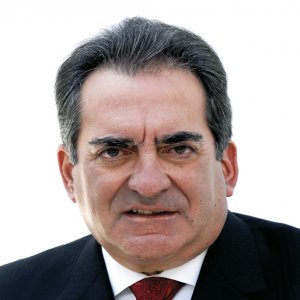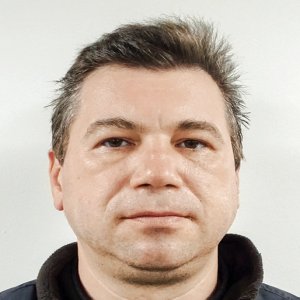Heavyweight Commitment to Mexico

Q: What was behind the positive commercial performance of Daimler in Q1 2016?
A: We saw 56.8 percent growth in sold units in the first quarter of 2016, which resulted in an increase of 45.1 percent in revenue. From January to July 2016, we attained 40.8 percent market share in Classes 6 through 8. This is an impressive figure, especially when compared to the 24 percent we reached in 2014 and the 31.9 percent in 2015. We have exceeded our 2016 goal of 35 percent market share for the year. The results are the product of several factors, among them is our state- of-the-art technology and the real cost of ownership for all our units.
We have an appealing portfolio to customers and a solid dealer network, combined with an ease of doing business that we offer our clients and suppliers. Our 80 points of sale and aftersales services allow us to offer our clients a real service experience, by creating efficient processes that boost the usable lifetime of our trucks and increase their profitability. We have attracted new business by offering test drives, giving potential customers the opportunity to compare the advantages of using Daimler Trucks including profitability.
The dollar’s constant fluctuation greatly affects our industry, since heavy duty vehicles are usually priced in dollars, creating uncertainty for our clients, whose earnings are in pesos. We created our price list in pesos to offer our clients assurance and allows them to plan their finances throughout the year.
Q: How has Daimler Trucks’ manufacturing operations evolved in the country?
A: Our plant in Santiago Tianguistenco, State of Mexico, is the most flexible of the entire group. It produces the whole Freightliner line, including the Business Class M2, Coronado, Cascadia and Columbia models and all the variations that are commercialized in the US and some Latin American markets. The plant produces 160 trucks per day, reaching the 400,000 mark of accumulated production by August. It also accounts for 22 percent of
Daimler’s total production in Mexico and 24 percent of exported units. Between 2012 and 2015, US$3.4 million was invested in plant renovations and training. The facility won the National Quality Award, given by the federal government, after a review of the plant’s innovation, flexibility, customer service and business plan.
The Saltillo plant in Coahuila State has received US$426 million in investment since its inauguration. It produces 200 trucks daily and its full capacity is 50,000 units per year. From 2009 until today, it has produced around 200,000 Cascadias, and in 2015 it was responsible for 78 percent of the total units produced in Mexico.
Q: What new technology is Daimler implementing in its trucks?
A: One of our most recent technological improvements is Enlace Freightliner, the first telematics platform in the country, which aside from having GPS offers strategic indicators to optimize the real cost of ownership and obtain the lowest cost per kilometer.
Unlike telemetry, telematics can analyse every piece of data and information the truck’s computer produces and turns them into valuable indicators, which support better decision-making. Worldwide, Daimler Trucks invests a significant amount annually in R&D. In 2015 alone, we invested €1.293 billion (US$1.422 billion).
Q: What impact will the new emissions regulations have on Daimler’s operations?
A: The new regulations establishing the upgrade of technologies from Euro IV/EPA 04 to Euro VI/EPA 10 will increase the price of new trucks 20 percent. The Mexican truck fleet is on average 17 years old and there is no availability of ultra-low sulfur diesel and urea across the country. Abruptly changing the emissions regulation would collapse the Mexican transport industry. This is the main reason Daimler supports ANPACT’s proposal to adopt Euro V/EPA 07 and Euro VI/ EPA 10 technologies simultaneously, adding one year for transitional purposes.






















